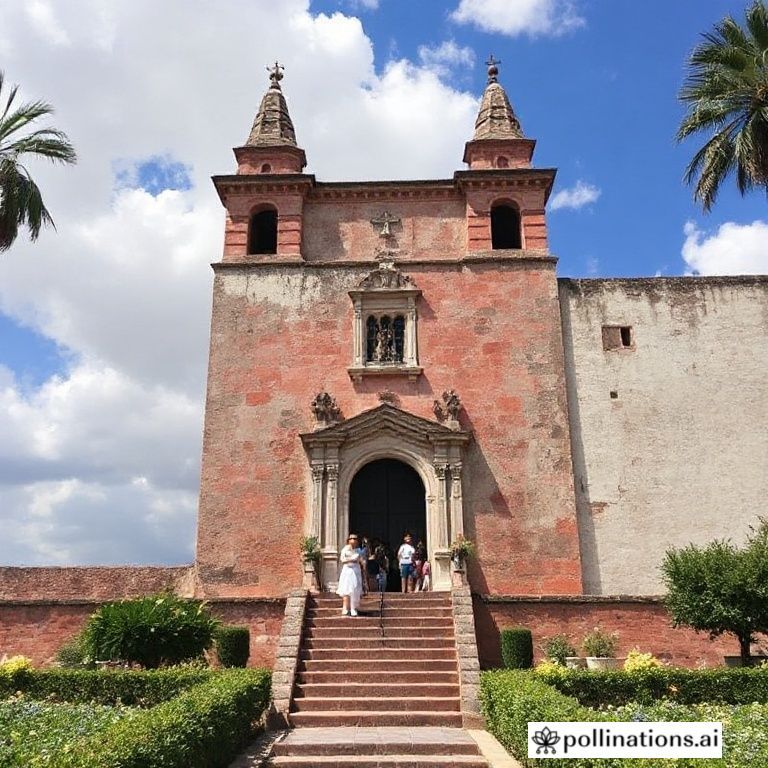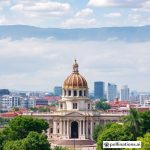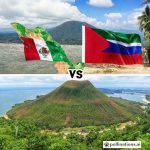Spring in Mexico is a time of vibrant colors, blooming flowers, and deeply rooted traditions, especially during Semana Santa (Holy Week) and Easter. This period is not only a significant religious observance but also a time for family gatherings, festive celebrations, and unique cultural experiences that paint a vivid picture of Mexican heritage. Whether you’re a seasoned traveler or planning your first visit, understanding these traditions will enrich your experience and offer a deeper appreciation for the spirit of Mexico.
From the bustling city streets to the tranquil coastal towns, Mexico comes alive with a palpable sense of reverence and joy. Semana Santa and Easter blend indigenous customs, Catholic beliefs, and modern-day festivities, creating a cultural tapestry unlike any other. So, pack your bags and prepare to immerse yourself in the beauty and significance of Mexico in spring!
The Significance of Semana Santa
Semana Santa, or Holy Week, marks the days leading up to Easter Sunday and is a crucial period in the Catholic calendar. In Mexico, it’s observed with a mix of solemn processions, religious ceremonies, and community events that reflect the Passion of Christ. Many businesses close down during this week, and families often take the opportunity to travel and spend time together. Expect larger crowds and higher prices at popular tourist destinations during this time.
Key Events During Holy Week
- Domingo de Ramos (Palm Sunday): Churches are filled with people carrying elaborately decorated palm fronds, commemorating Jesus’s entry into Jerusalem.
- Jueves Santo (Holy Thursday): This day commemorates the Last Supper. Many churches hold special services, and some communities perform reenactments of the event.
- Viernes Santo (Good Friday): A day of mourning and reflection, Good Friday sees solemn processions through the streets, often depicting the Stations of the Cross.
- Sábado de Gloria (Holy Saturday): In some regions, traditions involve the symbolic burning or destruction of Judas effigies, representing the betrayal of Jesus.
Easter Sunday Celebrations
Easter Sunday, or Domingo de Resurrección, marks the resurrection of Jesus and is a day of joyous celebration. Churches hold special services, and families gather for festive meals and celebrations. While the solemnity of Semana Santa gives way to a more lighthearted atmosphere, the religious significance remains central to the festivities.
Popular Easter Traditions in Mexico
Easter in Mexico is celebrated with a unique blend of religious and cultural traditions. Here are some popular customs you might encounter:
- Cascarones: These are hollowed-out eggshells filled with confetti, playfully cracked over people’s heads for good luck. They are especially popular with children.
- Piñatas: While piñatas are common at many Mexican celebrations, they take on a special significance during Easter, often representing the triumph over evil.
- Family Meals: Easter Sunday is a time for families to gather and enjoy a delicious meal together. Traditional dishes may vary by region but often include seafood, roasted meats, and sweet treats.
- Religious Processions: While less prevalent than during Semana Santa, some communities continue to hold processions on Easter Sunday, celebrating the resurrection of Jesus.
Where to Experience Semana Santa and Easter in Mexico
The experience of Semana Santa and Easter varies greatly depending on the region of Mexico you visit. Here are a few noteworthy locations:
Oaxaca
Oaxaca is known for its elaborate processions and religious reenactments during Semana Santa. The city’s historic center transforms into a stage for religious dramas, attracting visitors from all over the world. The atmosphere is deeply spiritual and culturally rich.
San Miguel de Allende
San Miguel de Allende offers a more traditional and solemn observance of Semana Santa. The city’s cobblestone streets provide a picturesque backdrop for processions and religious ceremonies. Easter Sunday is celebrated with colorful festivities and community gatherings.
Ixtapalapa (Mexico City)
Ixtapalapa, a borough of Mexico City, hosts one of the largest and most elaborate reenactments of the Passion of Christ in the world. Thousands of residents participate in the performance, drawing huge crowds and media attention. This is an intense and immersive cultural experience.
Tips for Travelers
If you’re planning to visit Mexico during Semana Santa and Easter, here are a few tips to keep in mind:
- Book Accommodation in Advance: Semana Santa is a popular travel time, so it’s essential to book your accommodation well in advance to secure the best rates and availability.
- Expect Crowds: Be prepared for larger crowds at popular tourist destinations, especially during Holy Week.
- Respect Local Customs: Remember that Semana Santa is a deeply religious time for many Mexicans. Be respectful of local customs and traditions.
- Stay Hydrated and Protect Yourself from the Sun: Spring in Mexico can be hot and sunny. Drink plenty of water and wear sunscreen, a hat, and sunglasses.
- Learn Basic Spanish Phrases: Knowing a few basic Spanish phrases will enhance your experience and make it easier to communicate with locals.
Conclusion
Mexico in Spring, particularly during Semana Santa and Easter, offers a unique opportunity to witness a vibrant blend of religious devotion, cultural traditions, and festive celebrations. From the solemn processions of Holy Week to the joyous celebrations of Easter Sunday, this period provides a profound insight into the heart and soul of Mexico. By embracing the local customs and immersing yourself in the atmosphere, you’ll create lasting memories and gain a deeper appreciation for this captivating country.
Ready to plan your spring getaway? Share this article with your friends and family and inspire them to experience the magic of Mexico!
IMAGE: A vibrant scene in Oaxaca, Mexico, during Semana Santa. The image captures a solemn religious procession moving through cobblestone streets lined with colorful colonial buildings. Participants are dressed in traditional clothing, some carrying religious icons and candles. The lighting is soft and warm, creating a reverent and atmospheric mood. The style is realistic and documentary-like, emphasizing the cultural richness and religious significance of the event.


